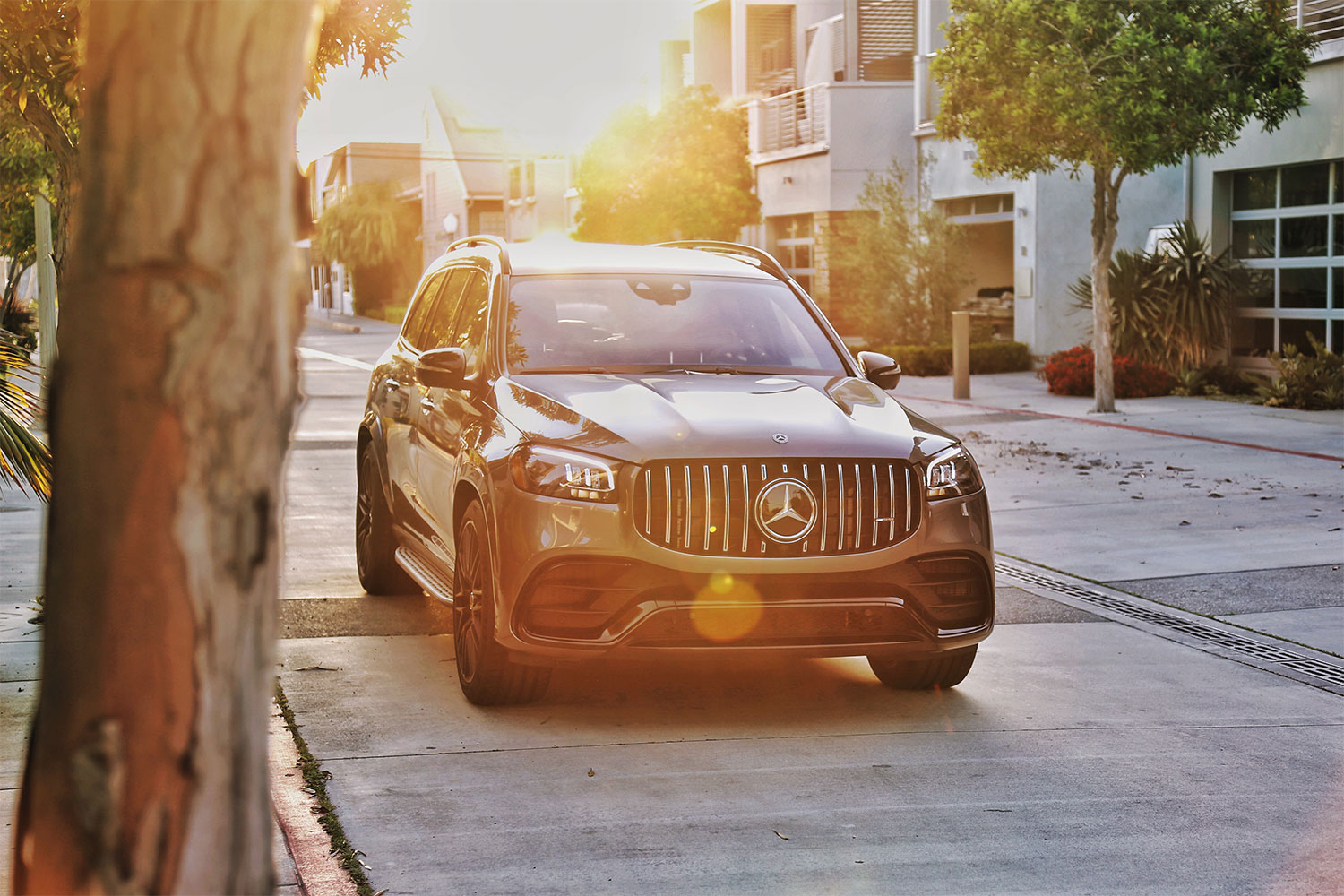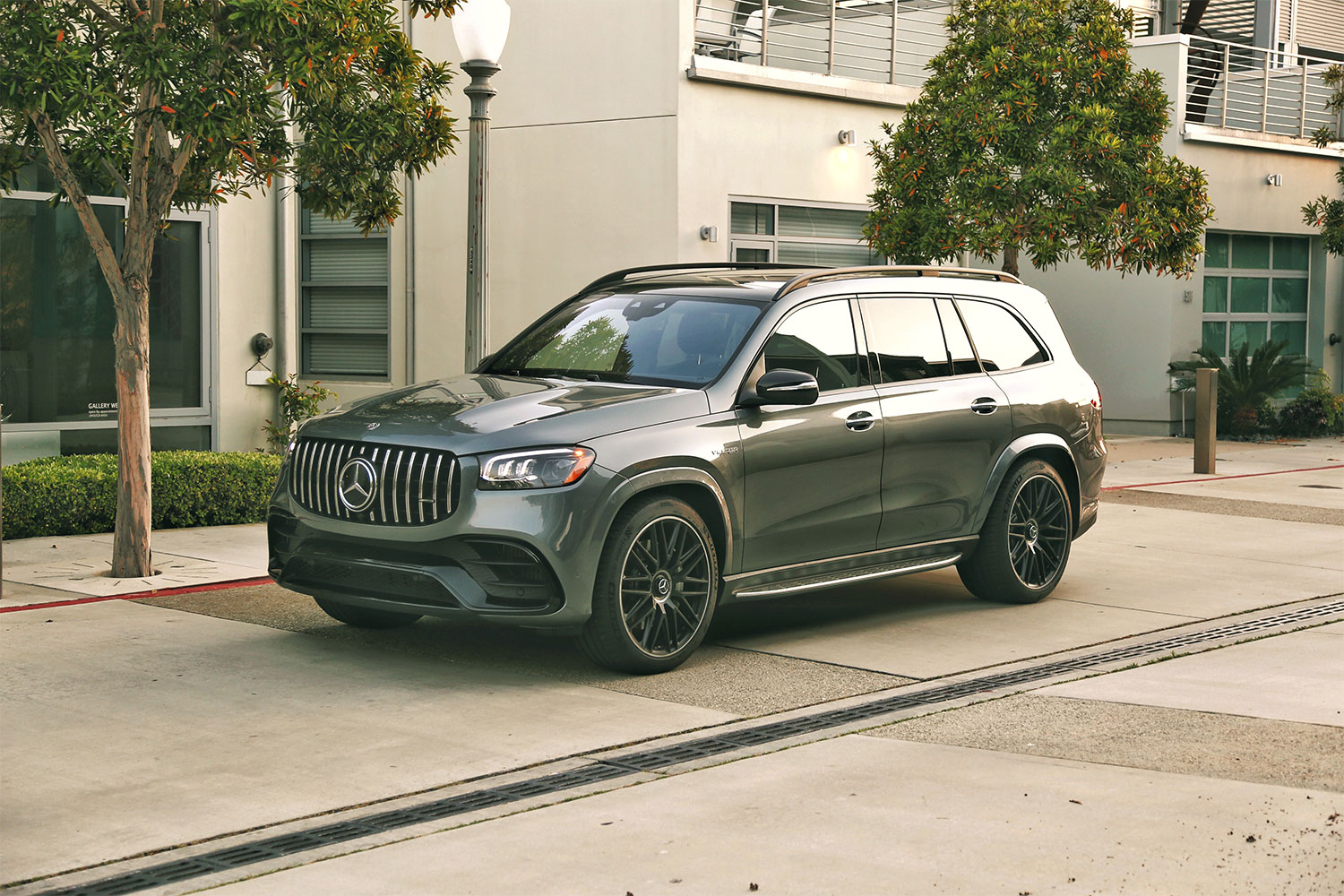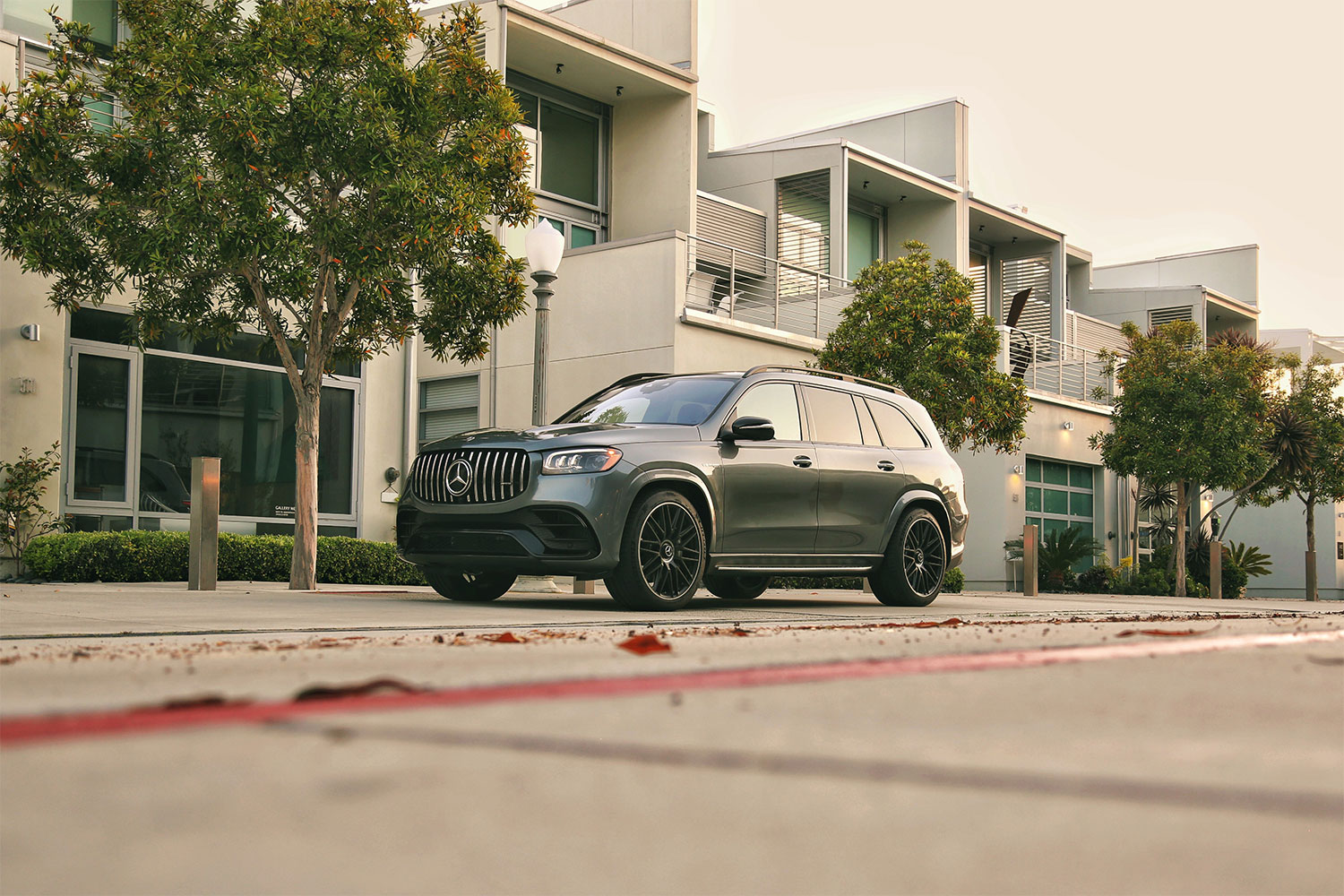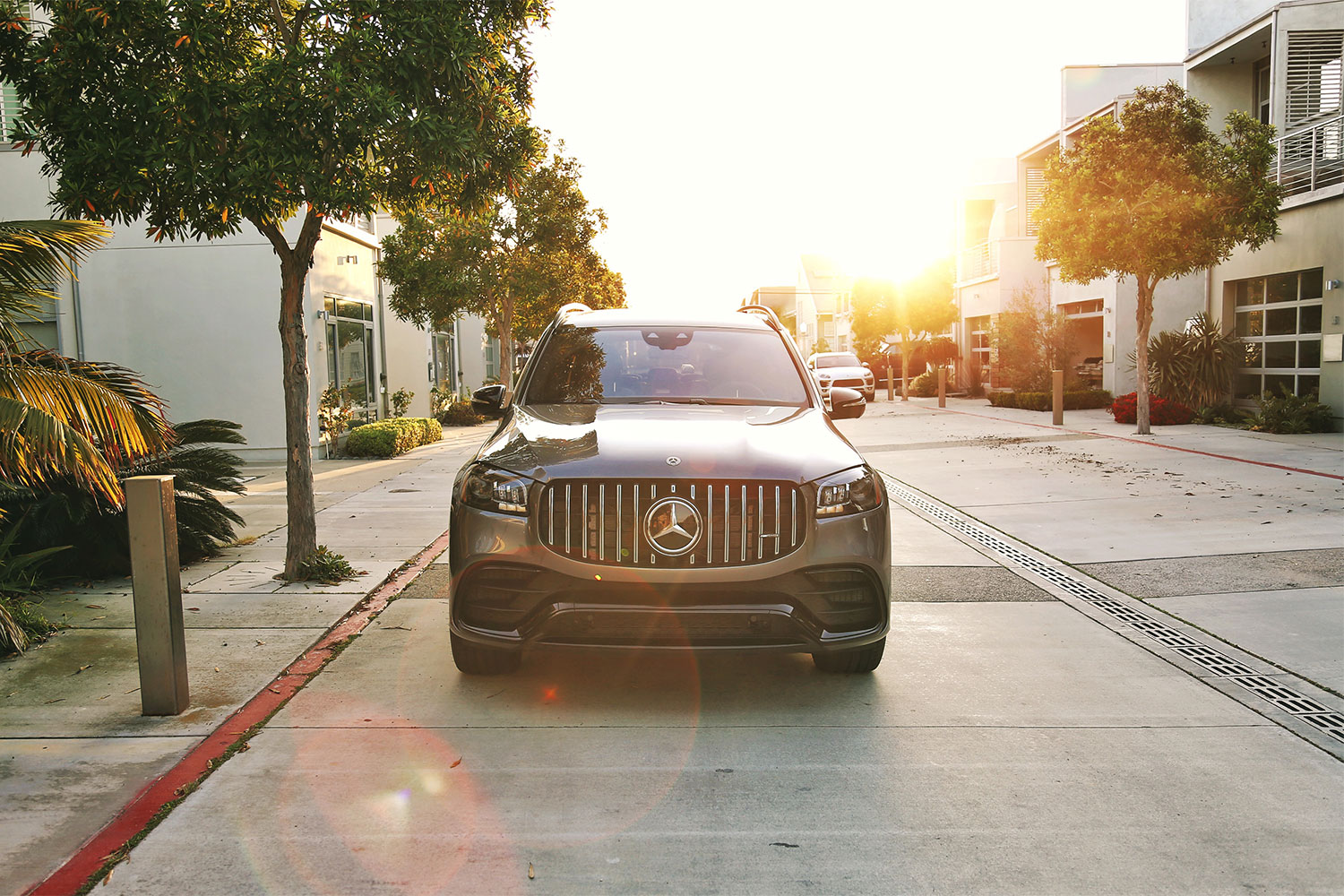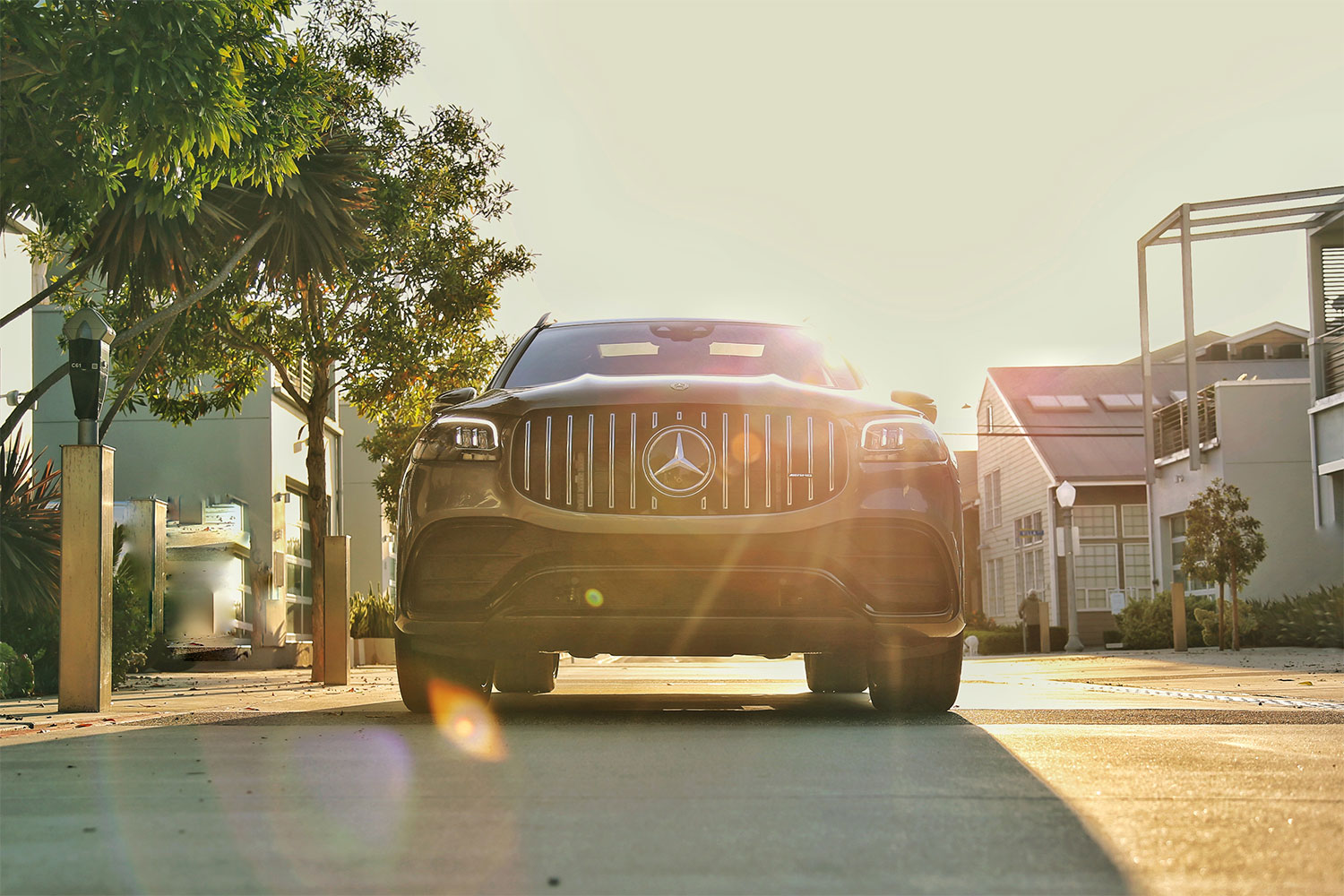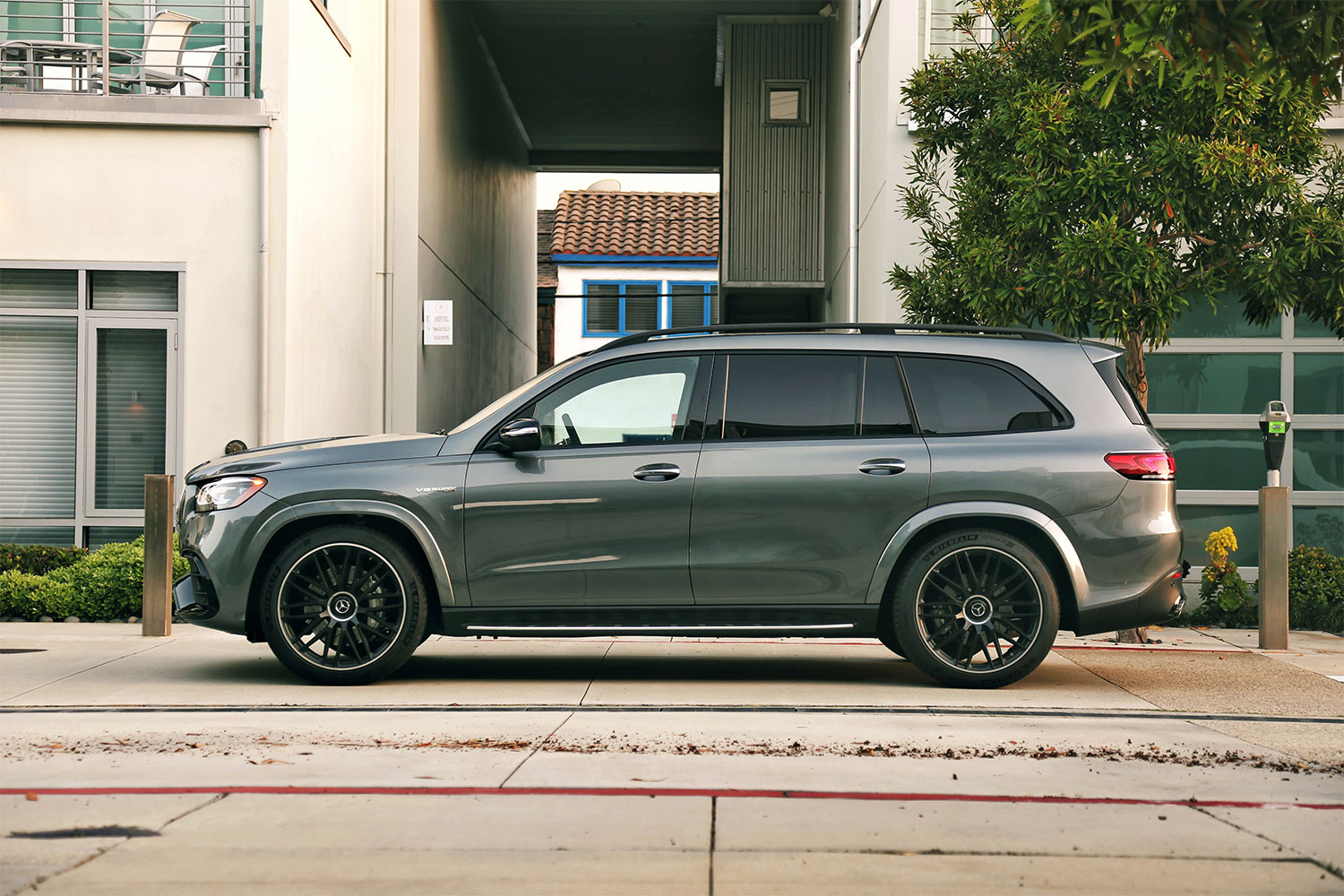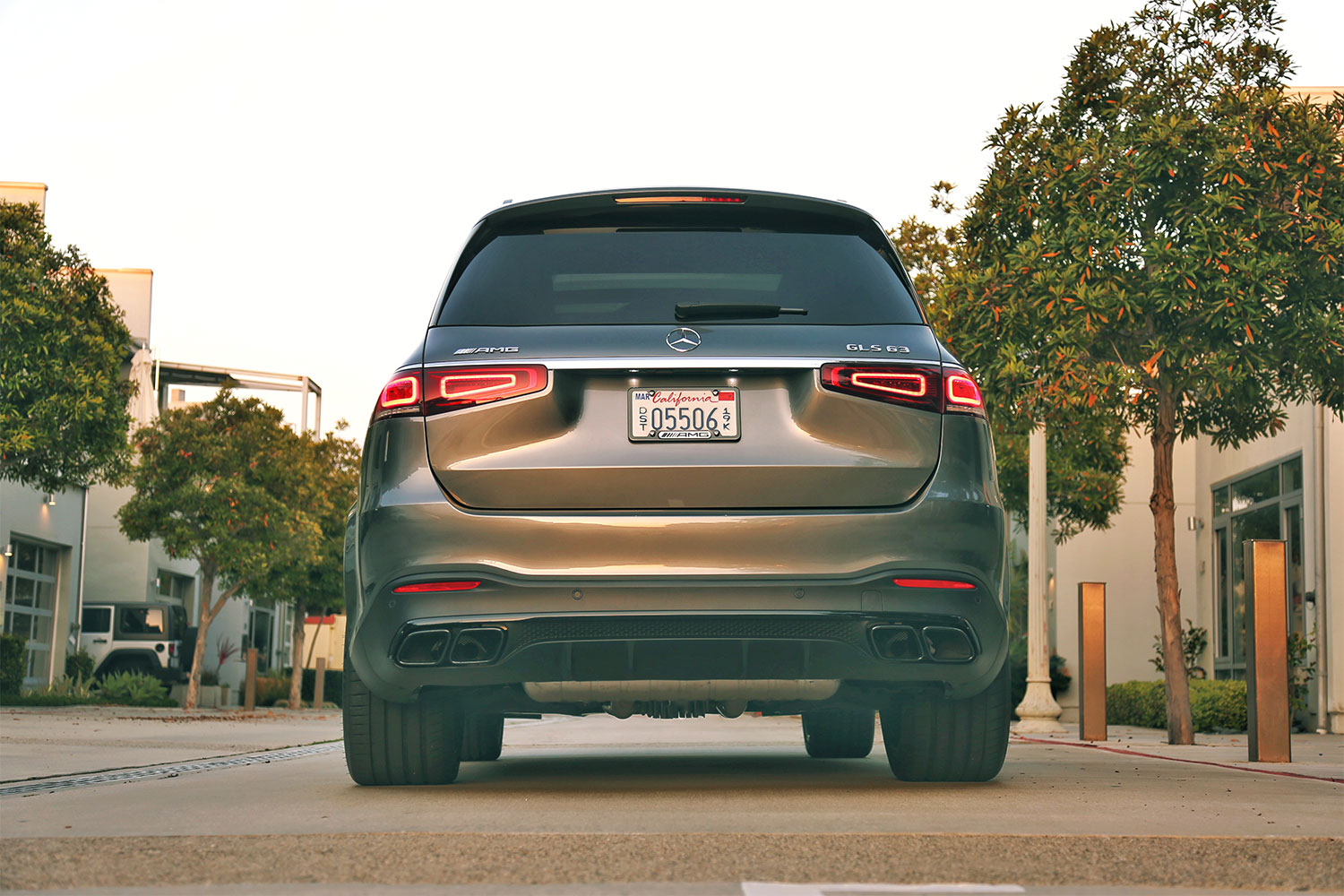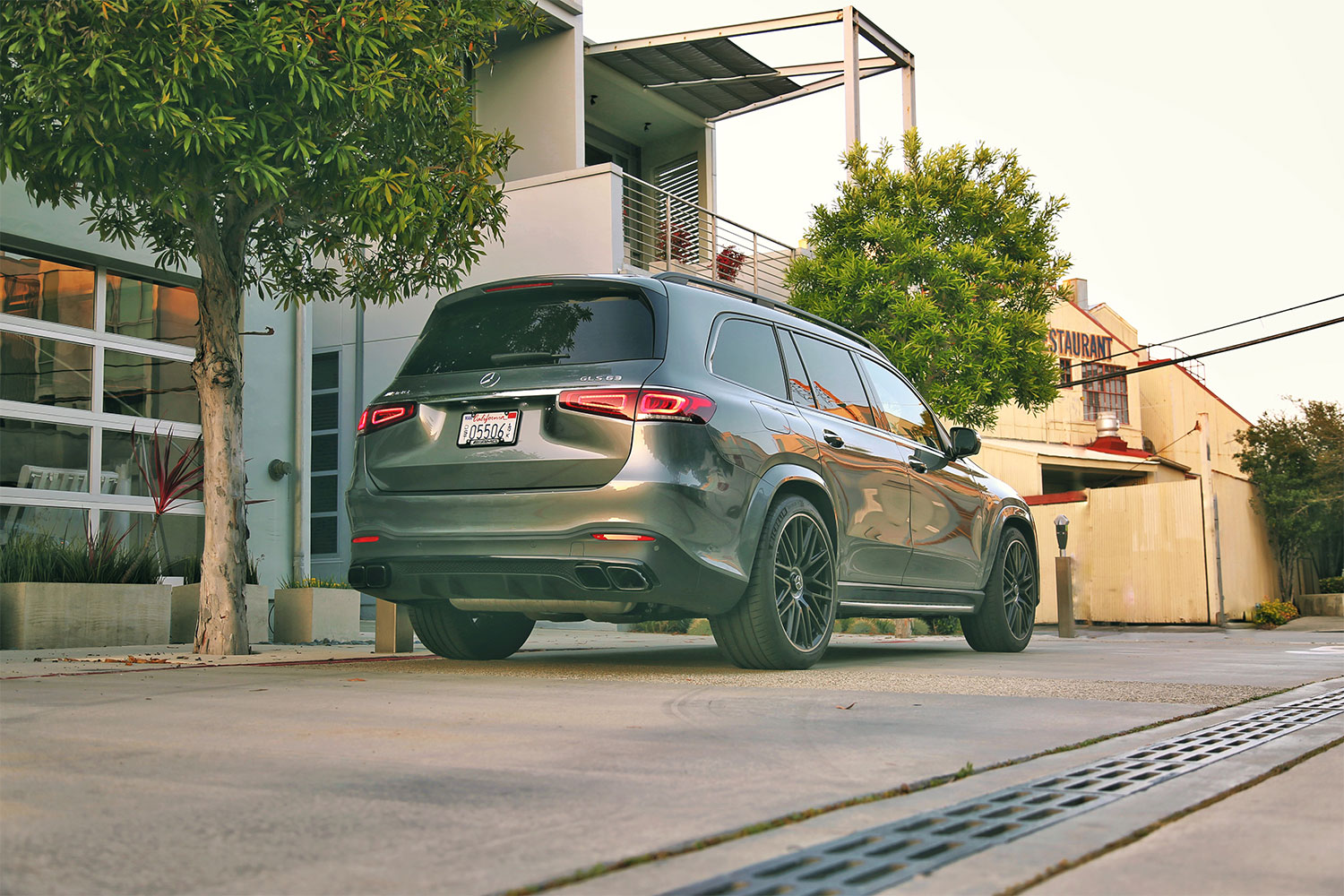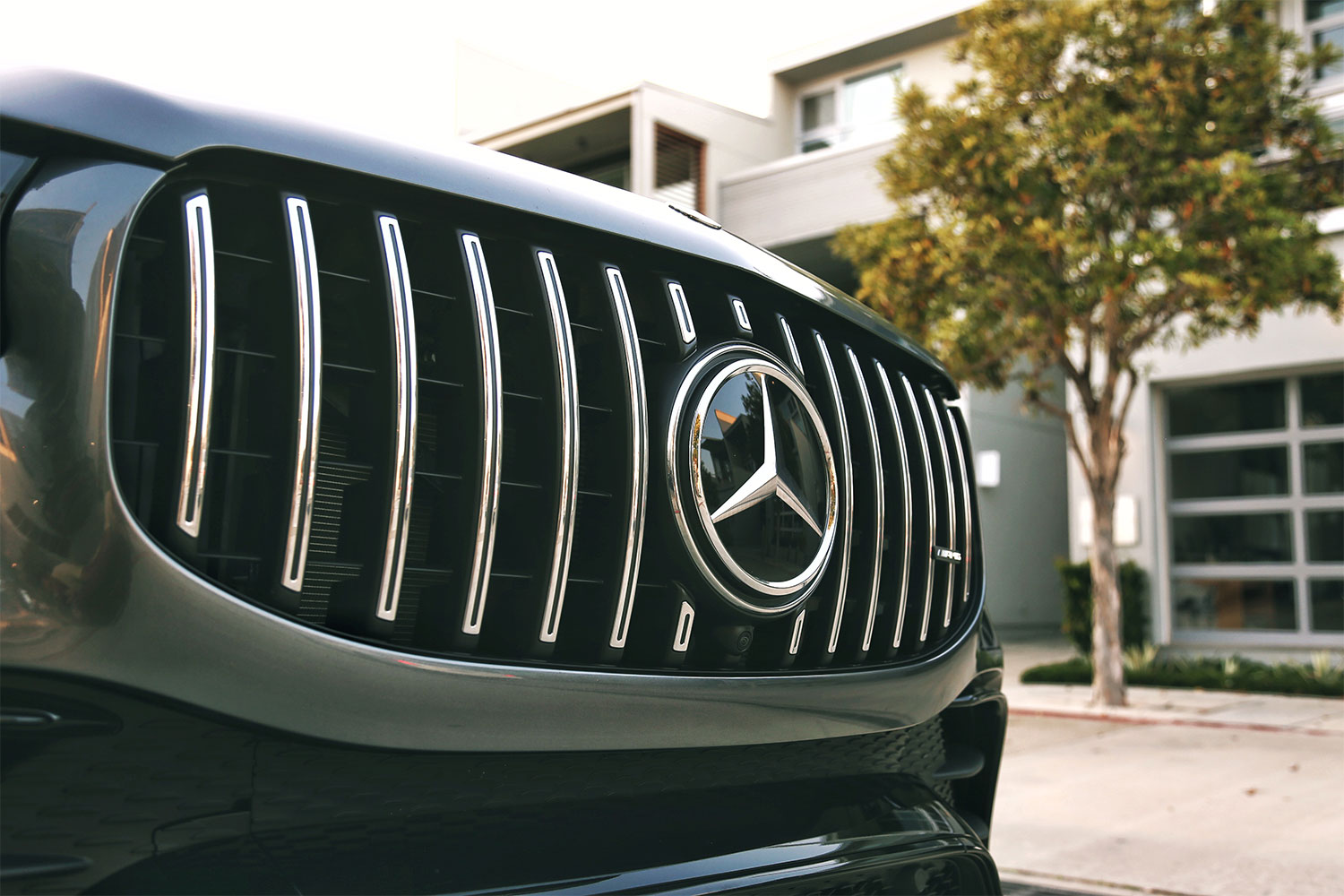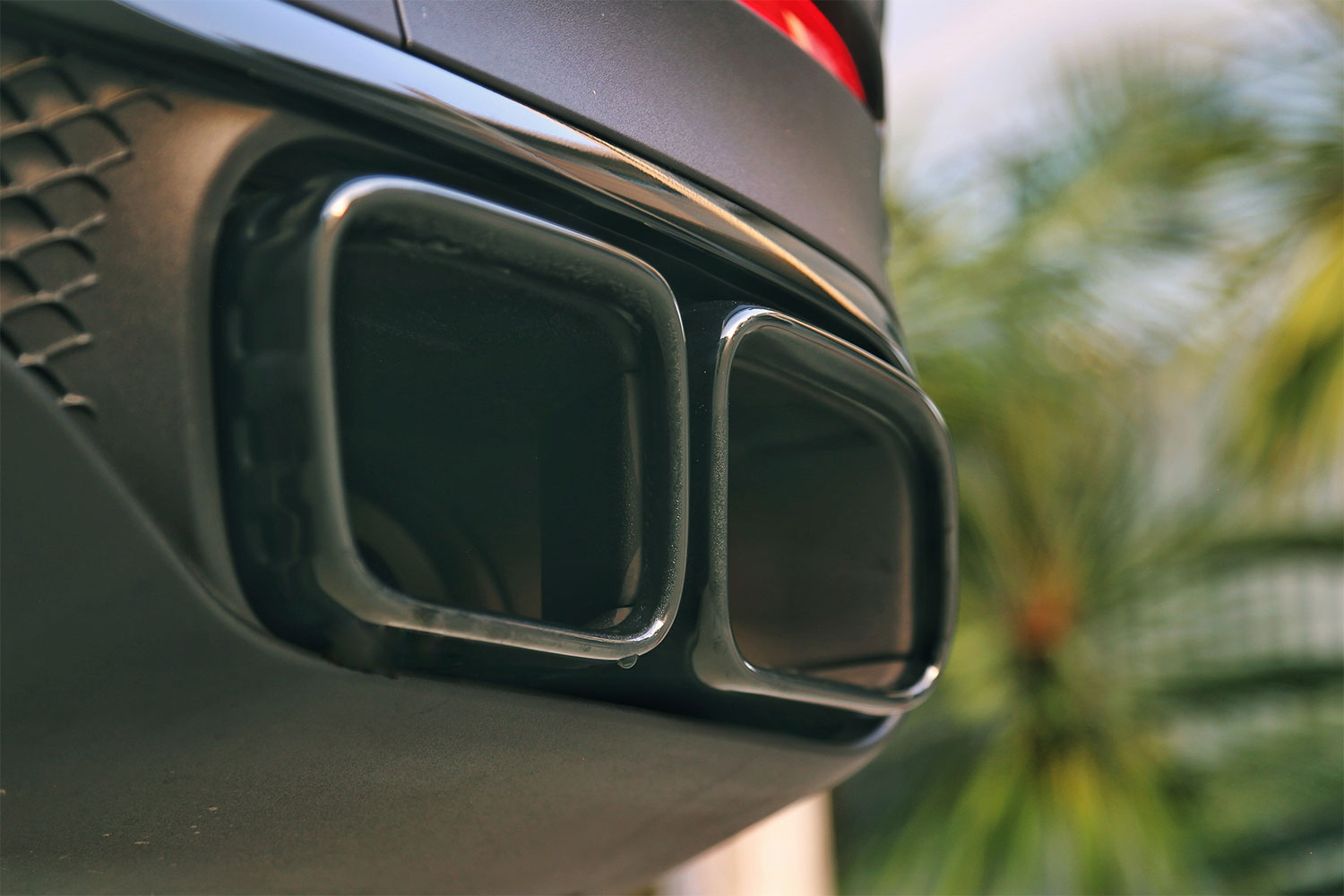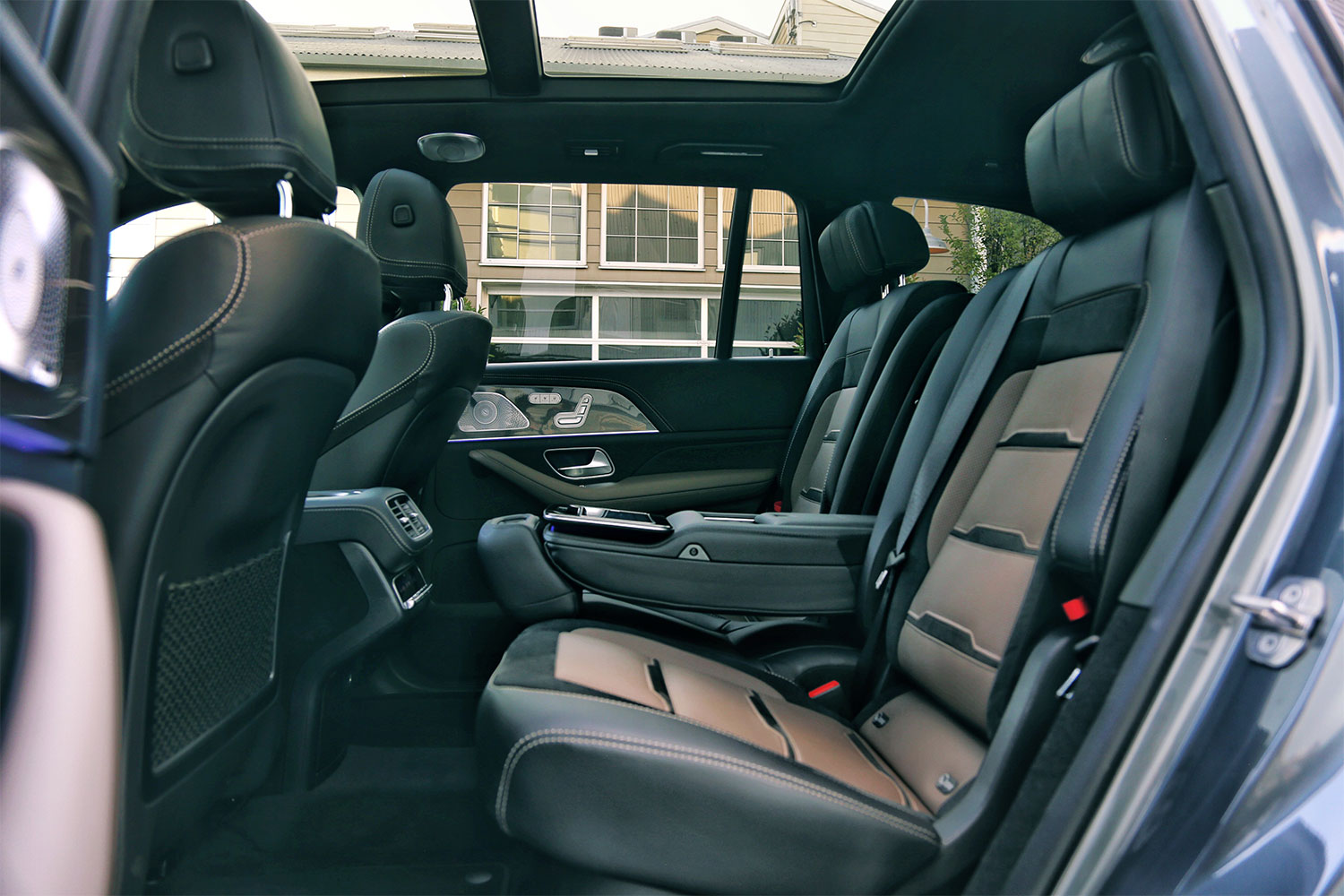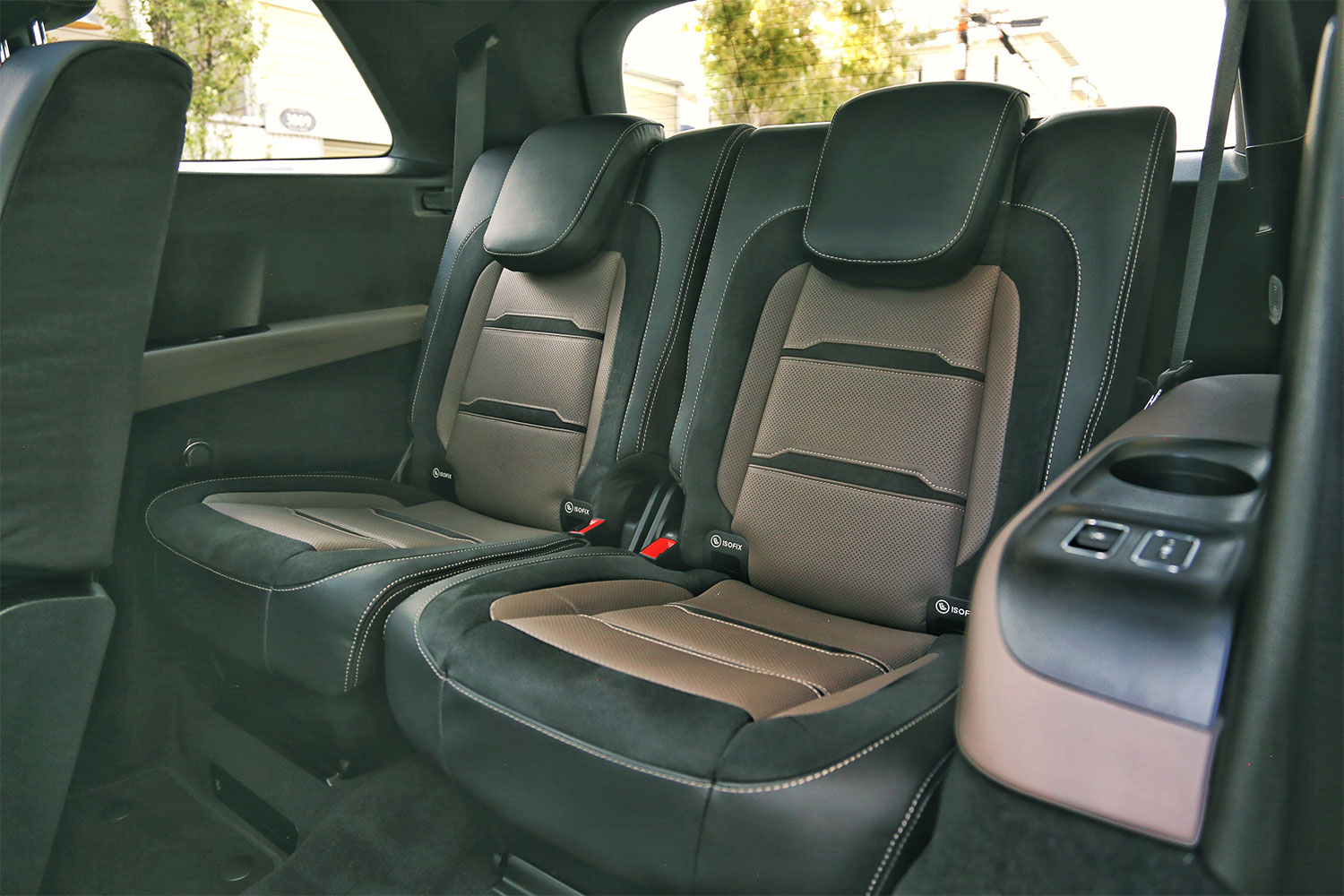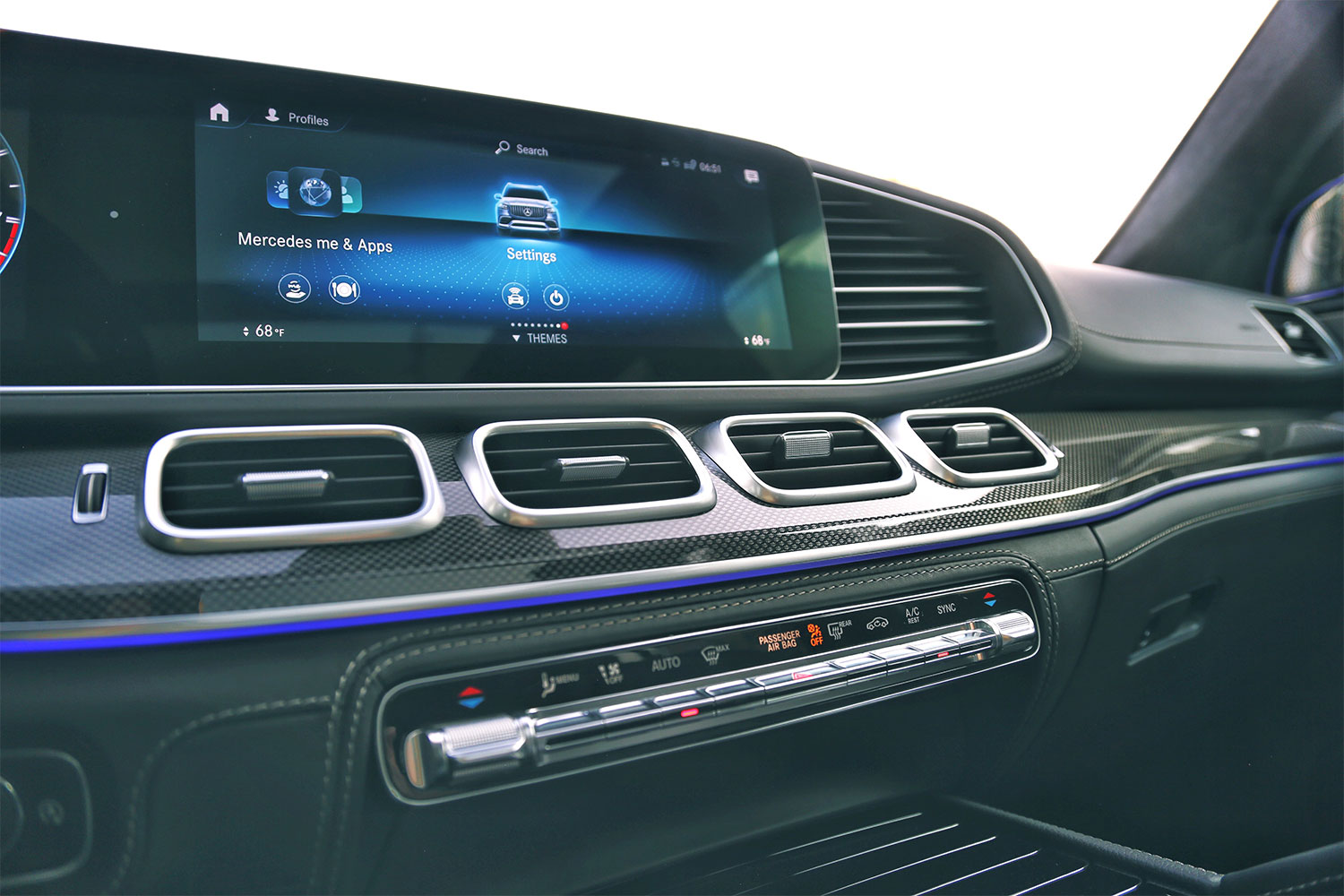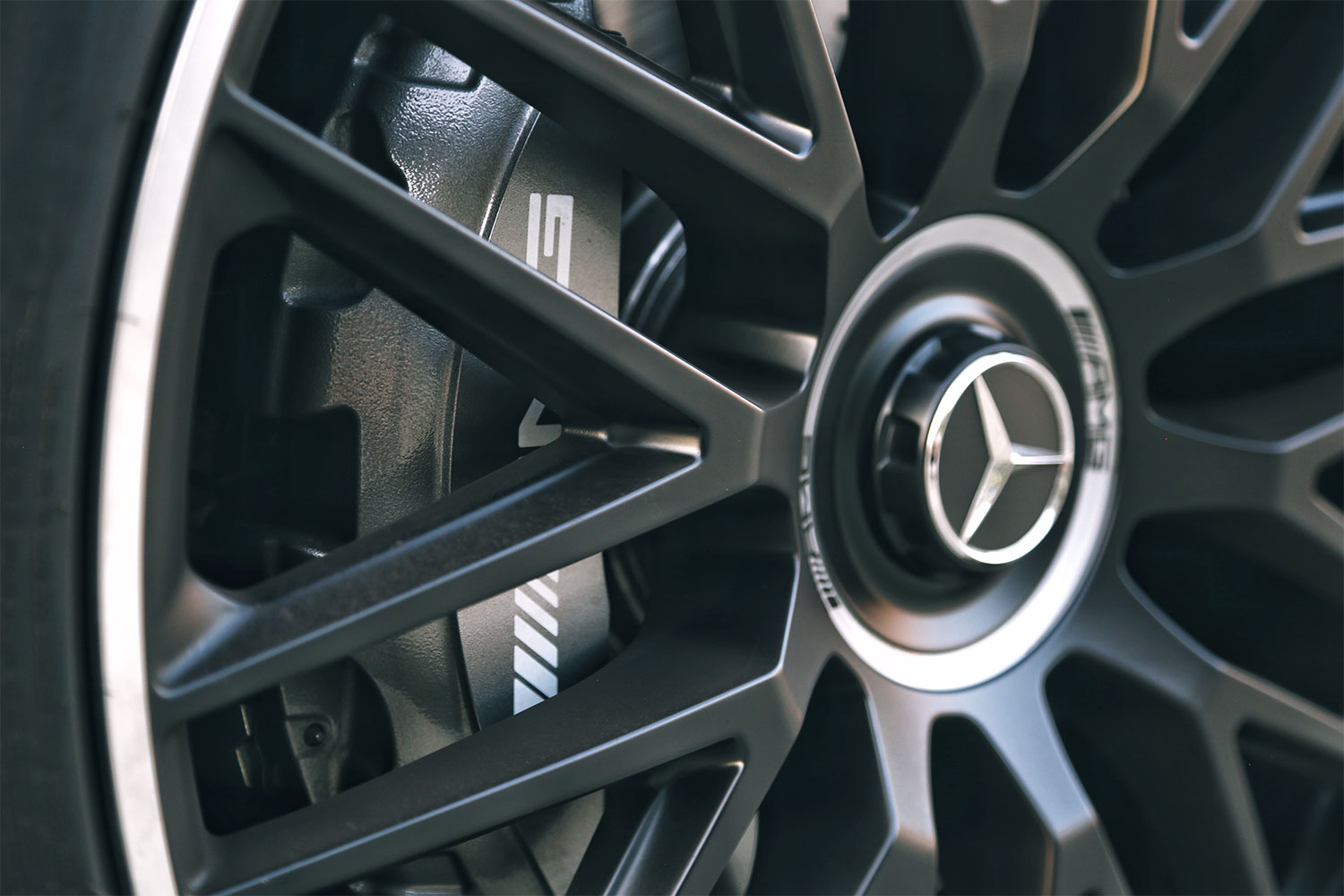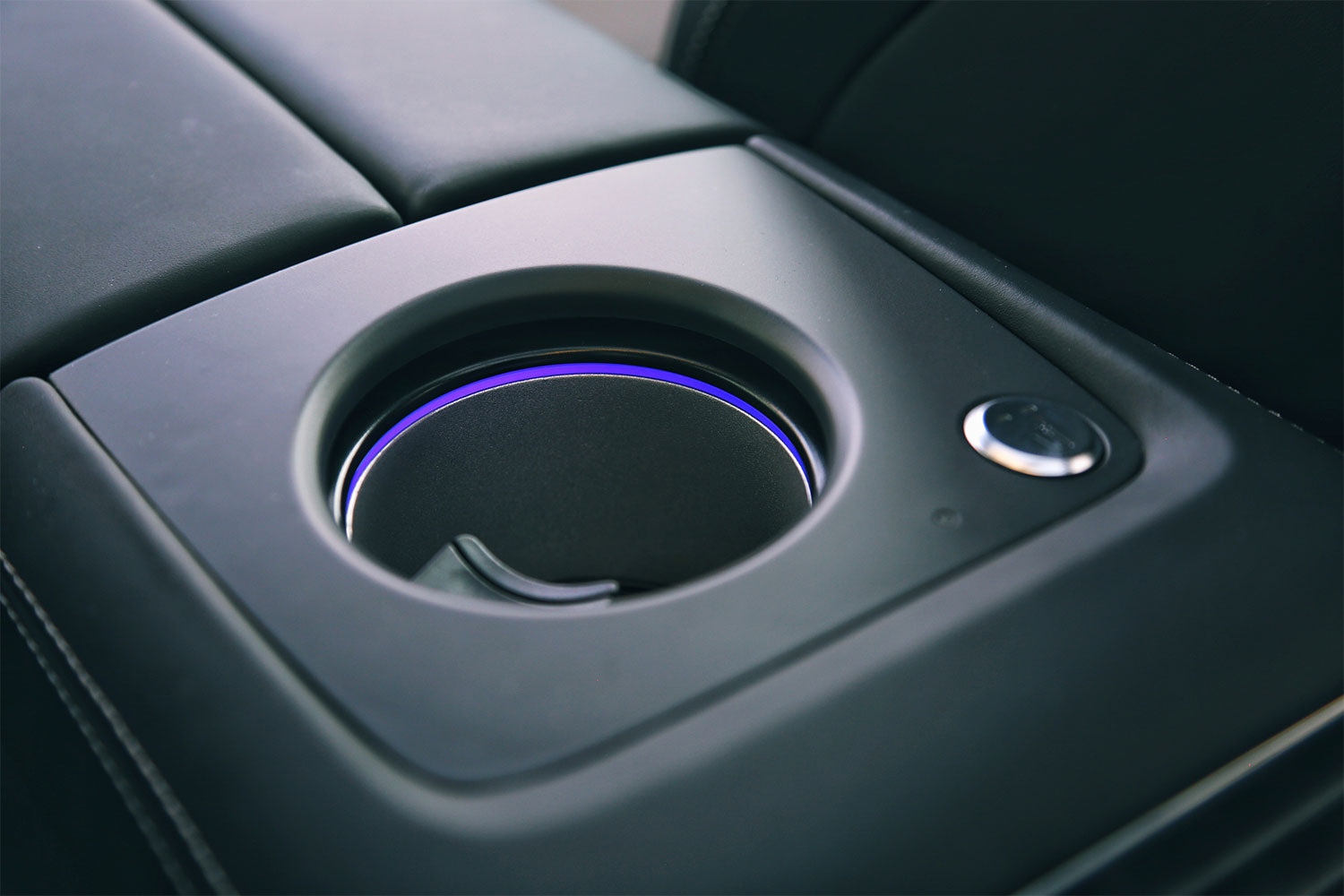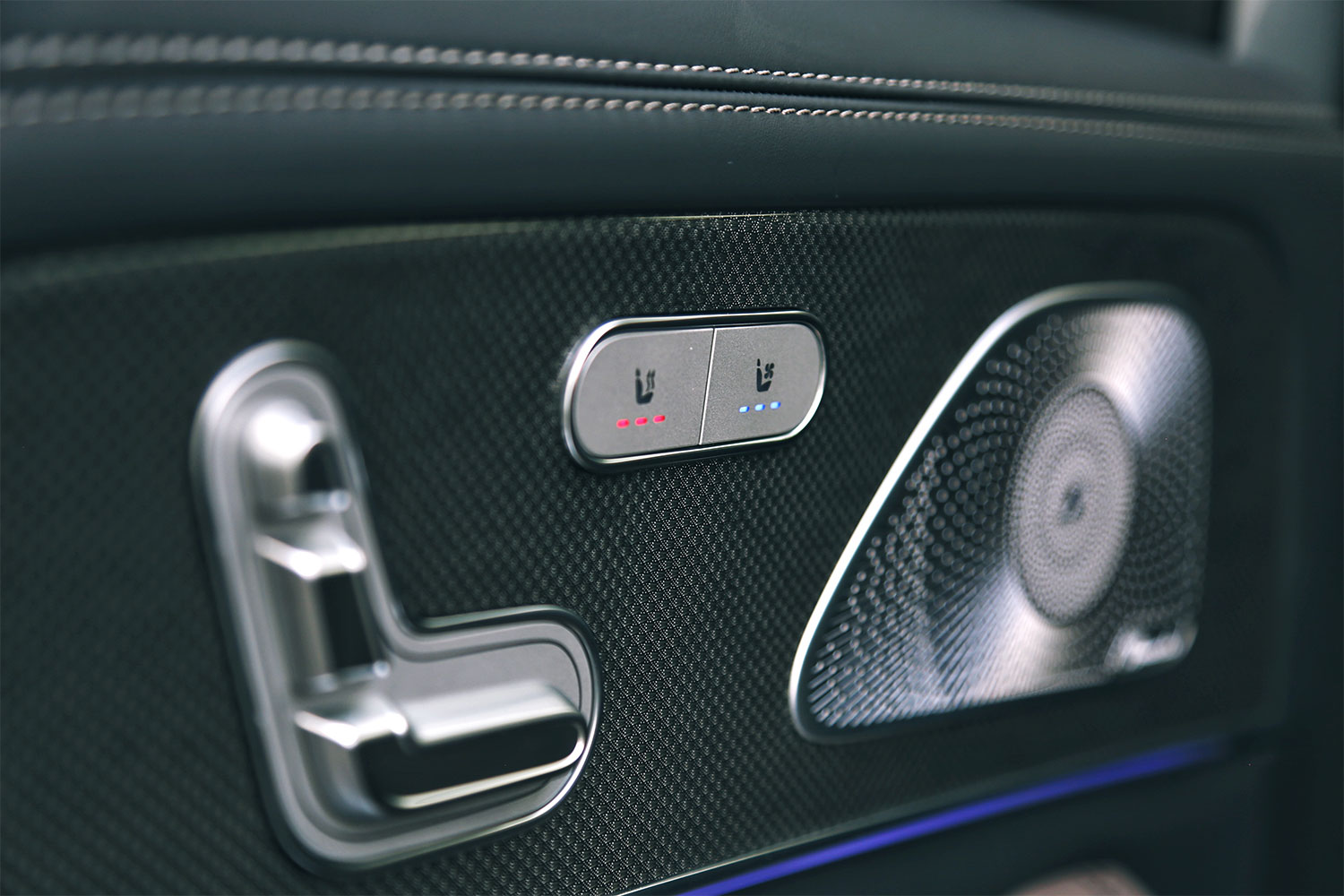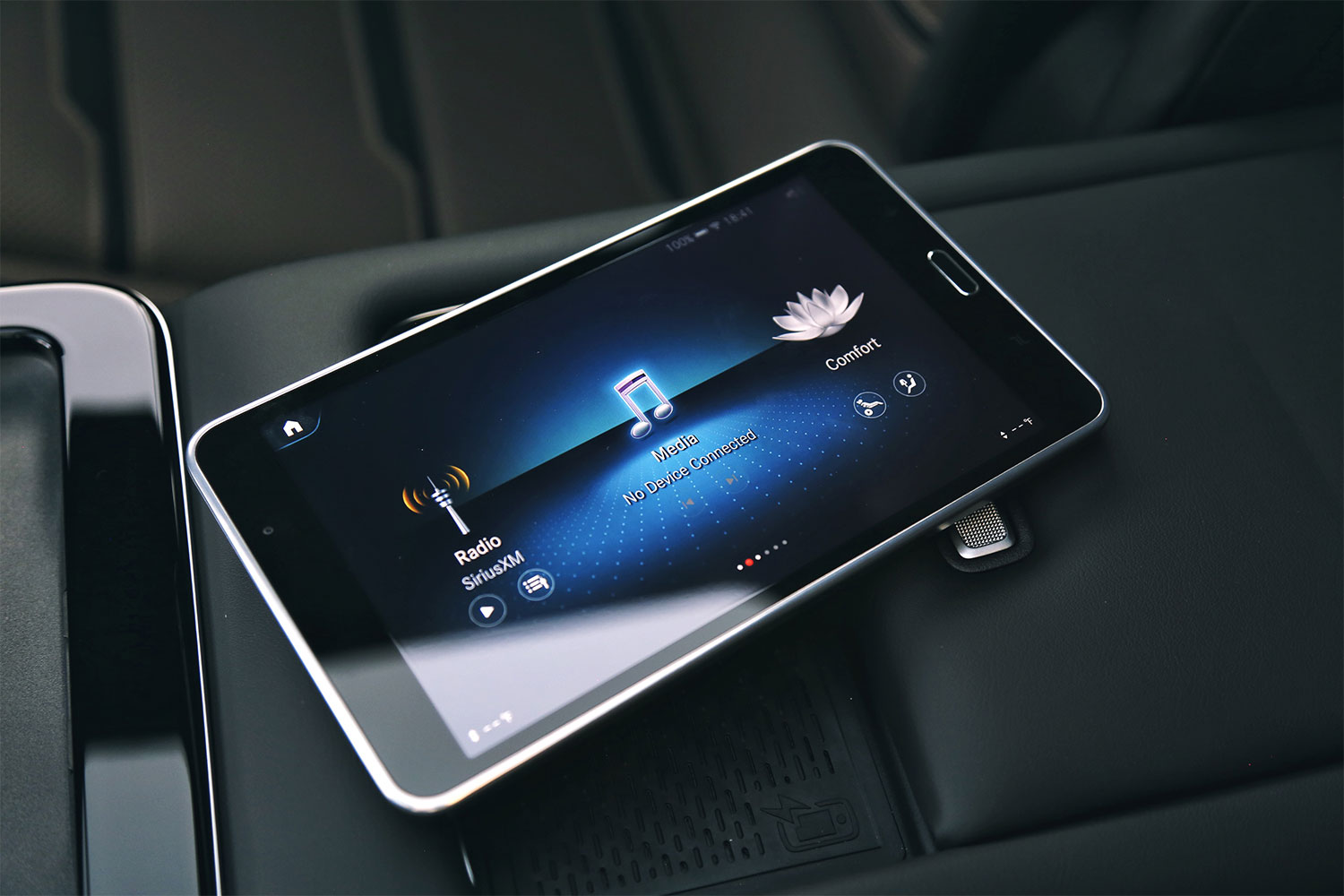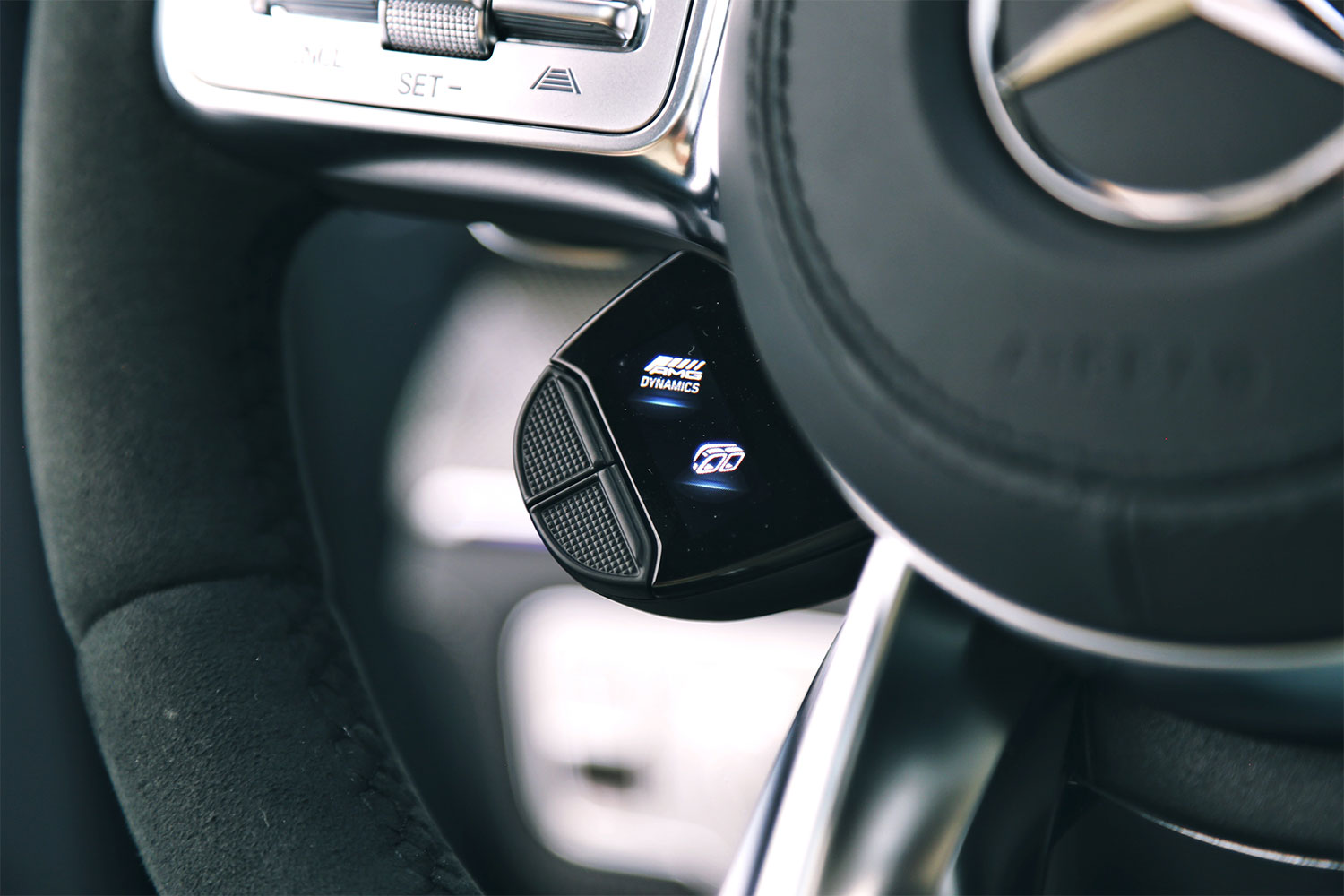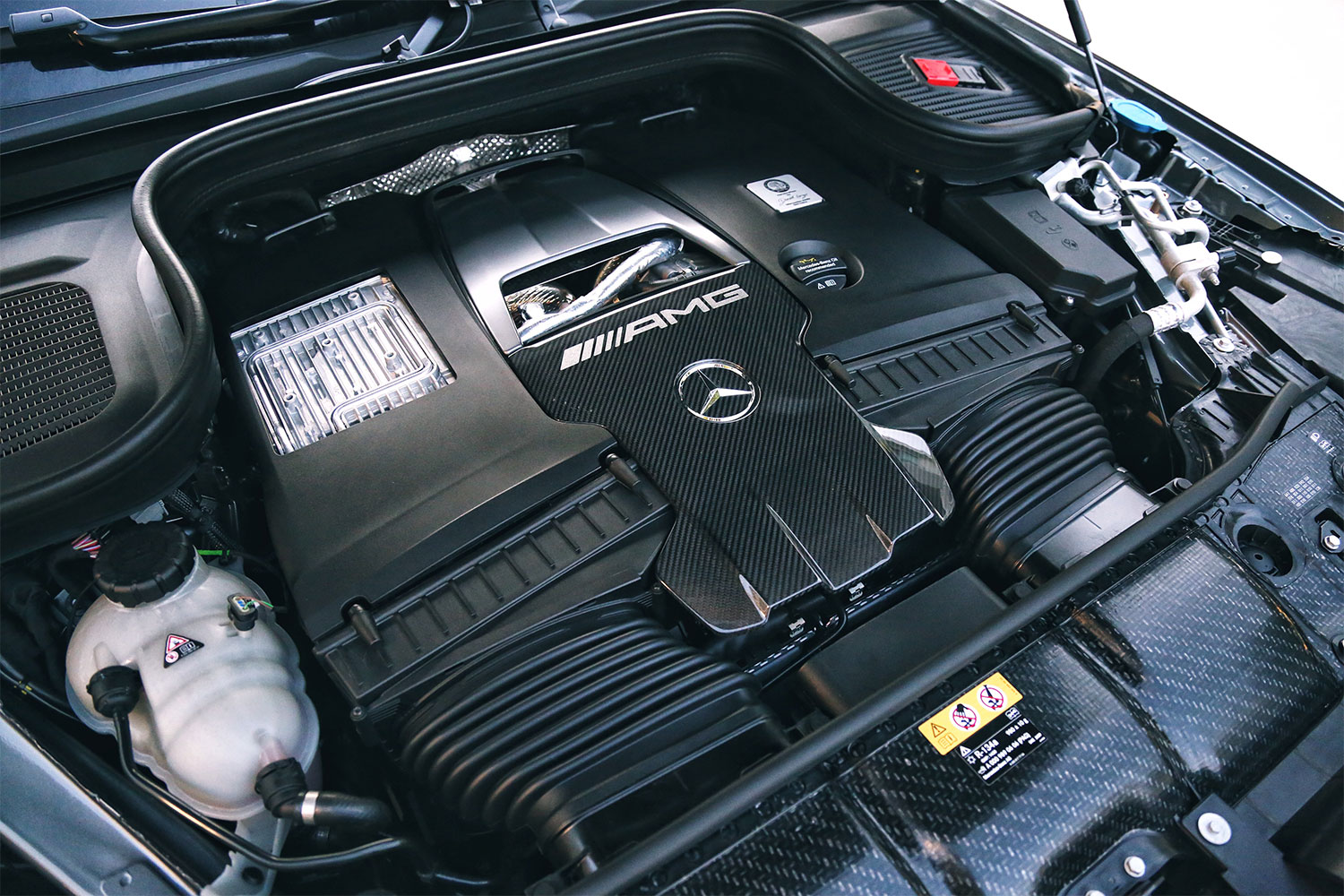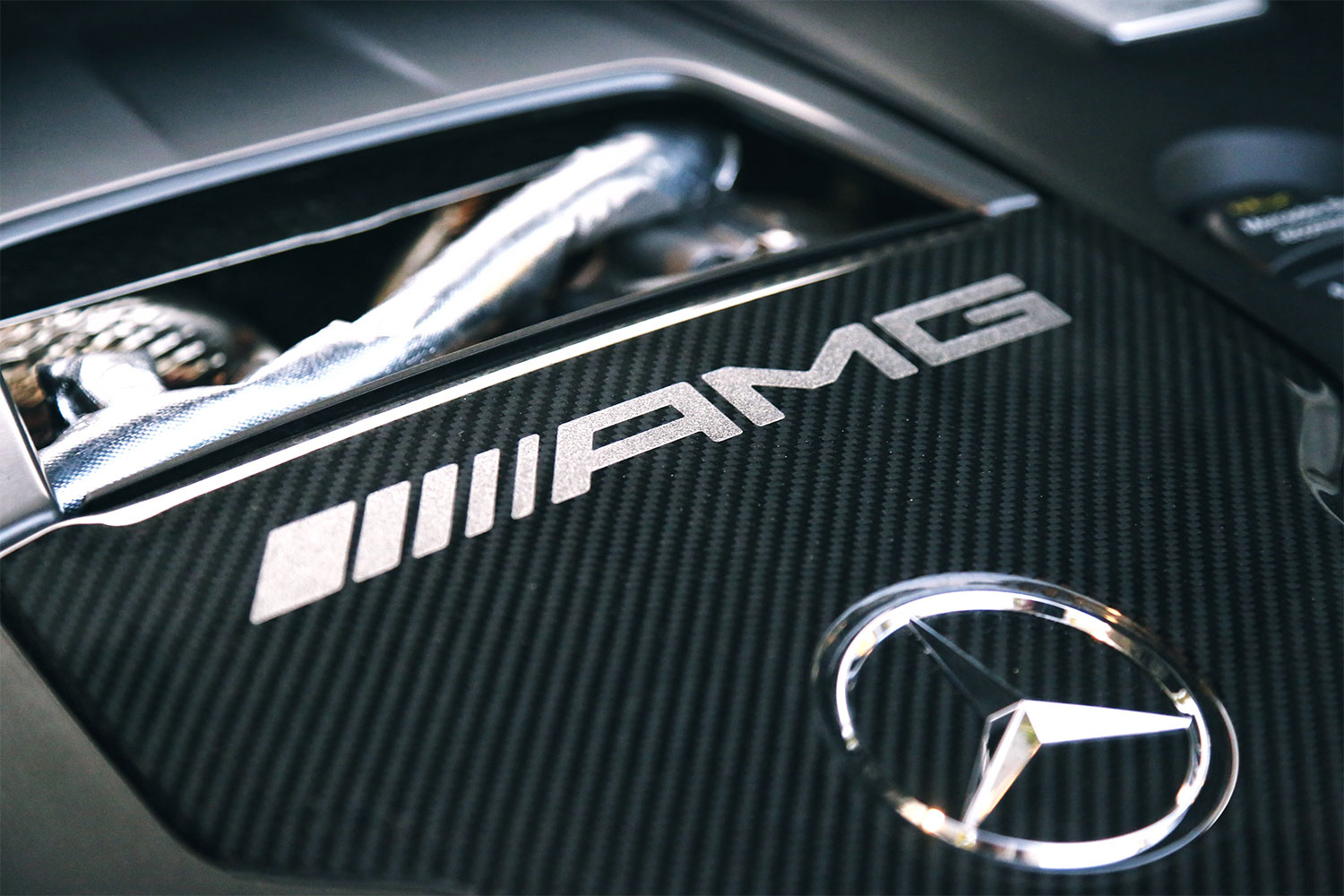Parents desire a rewarding life for their children – one filled with positive experiences, deep friendships, and, ideally, more opportunities than they themselves were given. So they toil, at work and at home, to build a platform for success. Sometimes they helicopter, other times they temporarily neglect, but as a breed, they do their best with the resources available.
Unfortunately, these meritorious intentions have the potential to self-destruct. Something as simple as a family SUV could warp reality if not properly contextualized. Take the 2021 Mercedes-AMG GLS 63 4Matic+ for example. A parent looks at the three-row SUV’s cutting-edge safety and convenience features as a way to provide comfort and stability for their kids. The fact that there’s also a 603-horsepower, mild-hybrid powertrain could perhaps be seen as excessive, but what better way to illicit family giggles than with a few riotous trips to the grocery store?
On the surface, there’s little harm in the GLS 63, but beneath the surface lies danger — the good kind. When equipped with the executive package, second-row occupants (your first round of kiddos) are treated to heated and ventilated seats. Folding the center seat down reveals a 7.0-inch Google tablet with access to the MBUX infotainment system, a slew of apps, and a selection of four massages. Extras like power-folding sunshades, heated and cooled cupholders, and a Burmester 3D sound system all sound reasonable at the time of purchase (you want your little ones to be at ease and entertained, after all).
Thinking ahead to your growing family, you check the box for a heated third row of seats and consider the 11 (yes, 11) USB-C charging ports and two wireless charging pads as essential to keeping the whole crew happy. All seems to be going well: The kids are lounging, your wife changes the ambient interior light color every day, and you can’t get enough of that Bi-Turbo V8 exhaust note.
But take a trip into the future. Your oldest is on the phone, distraught. He’s just landed a big promotion and wants to celebrate by getting a new car. He’s shrugged off the fact that business class travel hasn’t quite measured up to his memories of the GLS 63’s rear-seat accommodations, but now that he’s ready to treat his own family, he feels defeated; nothing on four wheels even comes close to that AMG. The burly engine note is gone (everything is electric), the seats are all made out of some artificial material that’s never as soft as genuine leather, and he can never remember all the gesture combinations required just to change the cabin temperature.
That night, you can’t sleep. You were only trying to give your family the best possible life. Did you make a terrible mistake; was the GLS too satisfying? At last, the dawn breaks. Three cups of coffee later, your son calls again. “I’ve figured out a solution, Dad. We’ll just have to cut out the travel altogether. I’m getting our family a set of personal teleports.” You sigh in relief. Sure, the GLS 63 forced an early transportation peak on your kids, but at least they can still look forward to the destination.
